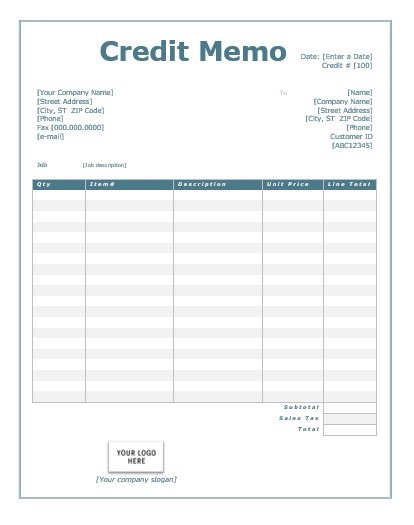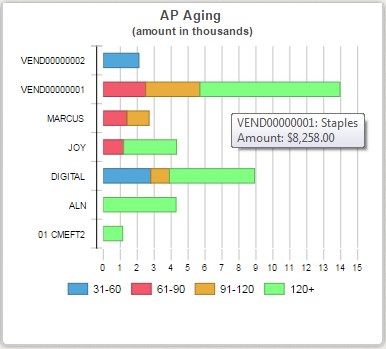
(b) Checks Nos. 789 and 791 for $5,890 and $920, respectively, do not appear on the bank statement, meaning these had not been presented for payment to the bank by 31 May. Examples include deposited checks returned for non-sufficient funds (NSF) or notes collected on the depositor’s behalf. Banks often record other decreases or increases to accounts and notify the depositor by mailed notices. When completed, the reconciliation should show the correct cash balance. An asset account in a bank’s general ledger that indicates the amounts owed by borrowers to the bank as of a given date. There are several reports – such as the The Reconciliation Discrepancy Report, the Missing Checks Report, and the Transaction Detail Report – that can help you identify discrepancies quickly.
Failing to account for bank fees and charges:
(f) The cash book does not contain a record of bank charges, $70, raised on 31 May. The items therein should be compared to the new bank statement to check if these have since been cleared. In the case of items in transit, these arise from several circumstances.
Errors Made by Your Business or your Bank
On the other hand, the bank balance in the bank book of the company is $3,200. Since both balances are different, bank reconciliation should be prepared. Since the company has already obtained the balance from both the documents, the first step for bank reconciliation is complete. The next step in preparing a bank reconciliation statement is to identify the reason for the differences.
How to use bank reconciliation software
After adjusting the balances as per the bank and as per the books, the adjusted amounts should be the same. If they are still not equal, you will have to repeat the process of reconciliation again. To do this, businesses need to take into account the bank charges, NSF checks and errors in accounting. No matter how you do bank reconciliation, you’ll come across mystery transactions from time to time. There will be amounts that appear in one set of records but not the other.
Do you own a business?
The statement itemizes the cash and other deposits made into the checking account of the business. The statement also includes bank charges such as for account servicing fees. To create a bank reconciliation, you will need to gather your bank statements and reconcile them with your accounting records (ledger). A bank reconciliation statement is a document that is created by the bank and must be used to record all changes between your bank account and your accounting records. It shows what transactions have cleared on your statement with the corresponding transaction listed in your journal.

The end result should be a reconciliation of the two balances, with any remaining differences explained and resolved. The reconciliation of bank statements is a critical step in maintaining accurate financial records for any business. It helps to ensure that the company’s accounting records are up-to-date and accurate, which is essential for making informed business decisions. The reconciliation of https://www.kelleysbookkeeping.com/statement-of-financial-position/ bank statements is a critical step in maintaining accurate financial records for any business, ensuring that the company’s accounting records are up-to-date and accurate. This process ensures accurate tracking of financial transactions and balances. Bank reconciliation is the process of comparing accounting records to a bank statement to identify differences and make adjustments or corrections.
You can mitigate bank reconciliation errors with an effective reconciliation process or a good account reconciliation software. Let’s review steps you can take to ensure accurate bank reconciliations and reduce–or eliminate–errors. As you know, the balances in asset accounts are increased with a debit entry. By avoiding these common errors, businesses can ensure the accuracy of their financial cash inflows and outflows of operations records, make informed business decisions, and reduce the risk of financial issues. Regular reconciliation and review of financial records can help to identify and resolve errors promptly, reducing the risk of financial issues. Incorrectly recording transactions in the accounting system can result in errors in the balance sheet and bank statement, making it challenging to reconcile.

To reconcile a bank statement, the account balance as reported by the bank is compared to the general ledger of a business. Once the balances are equal, businesses need to prepare journal entries for the adjustments to the balance per books. Adjust the cash balances in the business account by adding interest or deducting monthly charges and overdraft fees.
Keeping accurate records of your bank transactions can help you determine your financial health and avoid costly fees. Using this simple process each month will help you uncover any differences between https://www.quick-bookkeeping.net/ your records and what shows up on your bank statement. Before the reconciliation process, business should ensure that they have recorded all transactions up to the end of your bank statement.
Fill in the details and don’t forget to select the appropriate bank account where the customer deposited it. In our example, Kristen deposited it to First Capital Bank, so we should select the First Capital Bank – Checking Account. But if you encounter interest revenue in your business’ bank statement, include the amount as interest earned and choose the appropriate account.
The goal of bank account reconciliation is to ensure your records align with the bank’s records. This is accomplished by scanning the two sets of records and looking for discrepancies. If you find any errors or omissions, determine what happened to cause the differences and work to fix them in your records.

This is a simple data entry error that occurs when two digits are accidentally reversed (transposed) when posting a transaction. For example, you wrote a check for $32, but you recorded it as $23 in your accounting software. Note that this process is exclusively for reconciliations performed by hand. If you use accounting software, then your reconciliation is done largely for you. However, as a business owner, it’s important to understand the reconciliation process.
A bank reconciliation statement is prepared at the end of the month. The entries in the statement stop being the cause of discrepancies after a few days. Here are two examples to reinforce the bank’s use of debit and credit with regards to its customers’ checking accounts. Solutions such as HighRadius’s cash management software can auto-reconcile transactions based on standard and user-defined tagging rules, saving time and reducing the risk of errors. Cash management software allows businesses to gather real-time cash positions across the organization, helping to make better business decisions based on accurate data. Bank reconciliation is a subset of the monthly, quarterly, and yearly close process and is not generally done on its own.
- Additionally, there may be delays in processing transactions at the bank, resulting in differences between the bank statement and internal cash record.
- After recording the $700 payment from Kristen, you can go back to the reconciliation screen and tick the payment.
- After adjusting all the above items what you get is the adjusted balance of the cash book.
The time saved can be redirected towards more strategic financial planning and analysis, ultimately benefiting the overall financial health of the company. However, you typically only have a limited period, such as 30 days from the statement date, to catch and request correction of errors. Sign up to receive more well-researched small business articles and topics in your inbox, personalized for you. You can safely exit the reconciliation screen without losing your progress by clicking the Save for later button at the top.
Comments